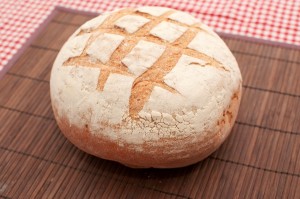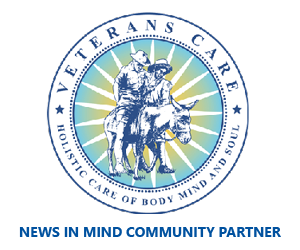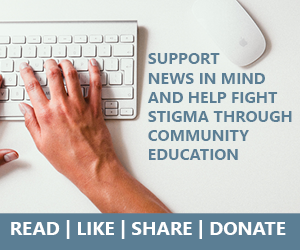Recently, nutritionist Trudy Scott shared this article at CBS, containing a video about the problems with modern wheat—the gliadin component of gluten, for starters. We were seriously happy to see this getting the main-stream attention it deserves. Scoffers abound, but gluten intolerance can contribute to a whole range of mental and physical health issues.
For example, autism. In a post called Whole-Body Strategies for Autism we explore Harvard professor and pediatric neurologist and researcher Dr. Martha Herbert’s cutting-edge holistic brain-gut approach to treating autism. Why is this still cutting-edge? After all, we’ve known about what’s sometimes called the second-brain or the brain-gut relationship for a while. (The second brain is the digestive tract! and its impact on brain function).
In the past, I’ve written about the serious mental and physical health problems we’re seeing with gliadin and gluten. Over on my blog HealthyJewishCooking.com you’ll find a variety of posts (one on GABA rice, which is a sprouted rice, one on the possible link between serious (and mild) digestive disorders and personality, and several posts on minimizing or avoiding gluten including the art of bread making and how you can maximize its digestibility with recipes and techniques for slow yeast-based fermentation, authentic sour dough starters, or sprouted grain breads.
But for some, minimizing gluten may not be enough.
If you have depression, an anxiety disorder or other mental illness, you might consider doing an elimination diet in order to test for intolerance. There are many foods that can be implicated in worsening symptoms, including sugar and some other carbohydrates, preservatives, alcohol (obviously), and so on, but testing for gluten is a no-brainer.
For self-starters: Start by cutting out all breads from your diet (and no, whole grain bread or spelt bread are not gluten-free). Try avoiding gluten-free cakes and breads and snacks, too. The packaged kinds are usually loaded with sugar and other junky stuff. Gluten and gluten containing grains can be found in breads, crackers, chips, cakes, cookies, candies, bottled sauces and condiments (soy sauce!)—so you have to read labels carefully.
After four to six weeks add in one glutinous food for two meals. Watch your symptoms (both emotional and physical) for two or three days. If you notice changes when all other things are equal, you may have a gluten (gliadin) intolerance.
You can also contact a holistic-oriented nutritionist like Trudy Scott.
Richard writes: It’s anecdotal but I’ve seen improvements (not cures, but definite reduction of symptoms) in some clients and former clients who’ve cut all glutinous grains out of their diets as part of a whole-therapy approach including other dietary measures like the reduction of sugar as well as lifestyle changes (sleep issues addressed, exercise, etc.). These include clients struggling with schizophrenia, schizoaffective disorder, bi-polar disorder, depression, and anxiety. Doing a gluten elimination diet and improving nutrition overall has definitely benefited my clients with addiction.
P.S. My favorites, pizza and pasta are on the hit list.
An interesting link: Mood, Gluten and Junk Food
As first appeared on Psych Central

How to take care of your mental health while travelling
February 28, 2019
10 Keys to a Healthier Lifestyle in 2019
January 10, 2019
We Cannot Ignore Wealth And Class When We Talk About Mental Illness
January 09, 2019
“This is exactly what depression feels like.”
November 26, 2018

























Sixta Larcher
GABA is taken by mouth for relieving anxiety, improving mood, reducing symptoms of premenstrual syndrome (PMS), and treating attention deficit-hyperactivity disorder (ADHD). It is also used for promoting lean muscle growth, burning fat, stabilizing blood pressure, and relieving pain.:…”
Take a look at all of the latest piece of writing on our personal blog
http://healthfitnessbook.com
Jaime Buchanan (HELP Enterprises)
Hi,
I have cut out all gluten (and a lot of carbs) from my diet over the past 4 weeks and have noticed I have more energy, have dropped a couple of clothes sizes (without exercise) and feel much better and less bloated in the stomach. I think this will be an ongoing lifestyle choice for me!
Jaime B